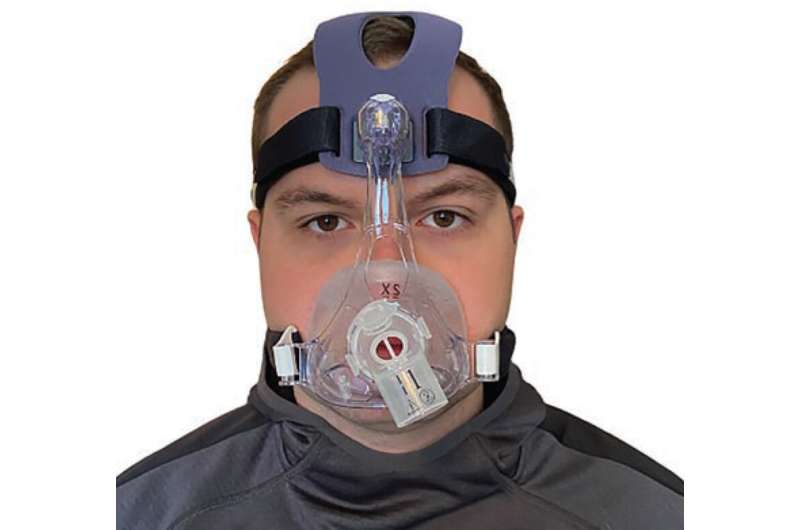Initiative reduces pressure injuries from noninvasive oxygen delivery devices

A short-term effort to prevent facial pressure injuries quickly demonstrated the potential impact of the initiative and led to institution-wide adoption of different types of noninvasive oxygen delivery devices.
“Preventing Medical Device-Related Pressure Injuries due to Noninvasive Ventilation Masks and Nasal Cannulas” details the results of a quality improvement initiative in four adult inpatient units at Nebraska Medicine, an academic medical center affiliated with the University of Nebraska Medical Center, Omaha. The project included a COVID-19 intensive care unit (ICU), a surgical ICU, a step-down critical care unit and a medical-surgical COVID-19 unit, for a total of 75 inpatient beds. The article is published in the October issue of Critical Care Nurse.
The study’s primary intervention was to transition from using a single over-the-nose oral-nasal noninvasive ventilation mask to a single-headset, interchangeable under-the-nose and over-the-nose oral-nasal noninvasive ventilation mask. Polyvinyl chloride nasal cannulas were also replaced with soft cannulas.
In addition, the initiative introduced a mask rotation schedule to the units, specifying that noninvasive ventilation masks be alternated every four hours. Hydrocolloid dressings to be used under the masks were stocked in easily accessible locations and packaged with noninvasive ventilation machines to provide convenient access at the initiation of oxygen delivery.
During the 60-day study period in November and December 2020, the units reported no medical device-related pressure injuries in patients who were using the trial devices, compared with five during the 60-day pre-intervention period and two in patients who were not switched to the trial devices during the study period.
Co-author Kaitlyn Duerst, DNP, APRN, AGACNP-BC, CCRN, is a nurse practitioner in critical care medicine at Nebraska Medicine, Omaha.
“In addition to the decreased number of pressure injuries, patient feedback supported the full adoption of the trial devices,” she said. “Patients told the nurses that the softer nasal cannula put less pressure on their ears and that they preferred the new under-the-nose noninvasive ventilation masks versus the over-the-nose types that are the standard at most institutions.”
The initiative used several evidence-based interventions simultaneously, including providing collaborative education to nurses and respiratory therapists, establishing a schedule to alternate noninvasive ventilation masks every four hours, and applying preventive dressings proactively.
Co-author Austin Clark, DNP, APRN, AGACNP-BC, is also a nurse practitioner at the hospital.
“Pressure injuries have long been an issue in healthcare, and it truly takes an interdisciplinary team working together to solve the problem,” Clark said. “Our project shows that it’s possible to package these individual evidence-based practices into a single intervention that can be replicated at other institutions.”
The initiative took place during the delta surge of COVID-19 in late 2020, which affected staffing levels and patient census, including the number of patients receiving noninvasive oxygen. Two of the four trial units were COVID-19 units, which allowed the team to compare the results through the lens of the pandemic. In the COVID-19 med-surg unit, more nasal cannulas were used, but on the COVID-19 ICU, more noninvasive ventilation masks were used, compared with their pre-COVID-19 numbers.
The study authors, with assistance from the academic medical center, developed an online education module within the hospital’s existing education platform. The module included information on how to properly use and care for the trial devices, associated medical record requirements, and information on preventing pressure injuries in patients who were using these devices. The nurses and respiratory therapists working on the study units were assigned to complete the educational module prior to implementation.
Source: Read Full Article



